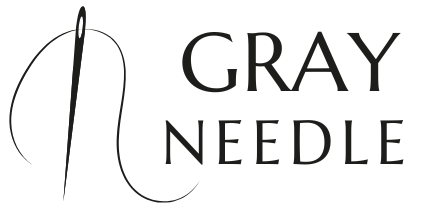Every sewing enthusiast knows that even the most reliable sewing machine can encounter issues from time to time. Understanding these common problems is the first step in fixing sewing machine issues effectively. Here are some frequent issues and their potential solutions:
- Thread Jamming: This can occur due to incorrect threading or using the wrong type of thread. Always ensure that your machine is threaded properly, and consider using a thread that is compatible with your fabric.
- Skipped Stitches: Skipped stitches often happen when the needle is dull or incorrectly installed. Replacing the needle regularly and ensuring it is inserted correctly can help prevent this issue.
- Tension Problems: Uneven stitching can be a sign of incorrect tension settings. Check your machine’s tension dial and adjust it according to the fabric you are using.
- Machine Not Sewing: If your machine is making noise but not sewing, the first thing to check is the presser foot. Ensure it is lowered before beginning to sew.
By recognizing these common problems, you can troubleshoot and maintain your sewing machine with confidence. For more detailed guidance and tips to fix sewing machine issues, visit our website to learn more and get started today! Click here.
Essential Tools for Sewing Machine Maintenance
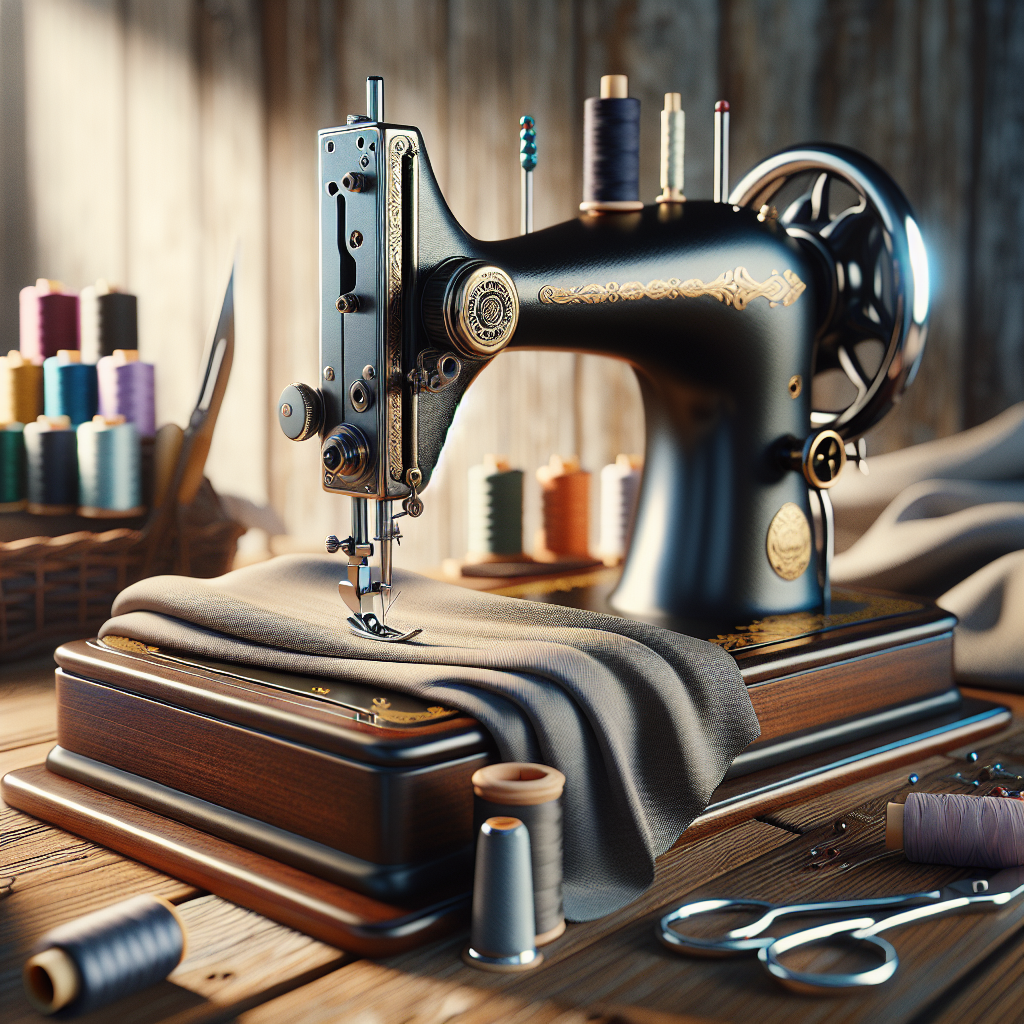
Maintaining your sewing machine not only extends its lifespan but also enhances your sewing experience. To keep your machine running smoothly, having the right tools is essential. Here’s a list of essential tools for sewing machine maintenance that every sewing enthusiast should have:
- Screwdrivers: A set of small screwdrivers is crucial for tightening or loosening screws on your sewing machine. Always ensure you have the right size to avoid stripping the screws.
- Cleaning Brushes: A small brush can help remove lint and dust from hard-to-reach areas of your machine, especially around the feed dogs and bobbin case.
- Oiling Tools: Many sewing machines require regular oiling to keep the internal components lubricated. Check your machine’s manual for the recommended oil and application points.
- Needle and Thread Organizers: Keeping your needles and threads organized helps ensure that you always have the right supplies on hand, making maintenance less cumbersome.
- Fabric Scissors: A good pair of fabric scissors is essential not only for cutting fabric but also for trimming threads and ensuring clean lines.
By equipping yourself with these tools, you’ll be well-prepared to conduct regular maintenance on your sewing machine, ensuring it remains in top condition for all your sewing projects.
Quick Troubleshooting Methods for Common Problems
Even the most reliable sewing machines can encounter issues from time to time. Understanding how to quickly troubleshoot common problems can save you a lot of frustration and time. Here are some quick troubleshooting methods for common sewing machine problems:
- Thread Bunching: If you notice thread bunching underneath your fabric, it may be due to improper threading. Ensure that the upper thread is correctly threaded through the tension discs and that the bobbin is inserted properly.
- Skipped Stitches: Skipped stitches can occur for several reasons, including using the wrong needle for your fabric. Always match your needle type and size to the fabric you are sewing, and check for any damage to the needle.
- Machine Not Sewing: If your sewing machine isn’t sewing at all, check if it’s powered on and that the foot pedal is functioning. Additionally, ensure that the needle is not stuck and that the presser foot is engaged.
- Tension Issues: Uneven stitches can be a sign of tension problems. Adjust the tension dial according to your fabric type, and perform a test stitch to find the right setting.
- Fabric Jamming: If the fabric is jamming, it could be due to using too thick a fabric or not using the right presser foot. Ensure you’re using the appropriate foot and avoid sewing too many layers at once.
By applying these troubleshooting methods, you can quickly identify and resolve issues, allowing you to continue your sewing projects with minimal interruptions.
How to Clean and Oil Your Sewing Machine
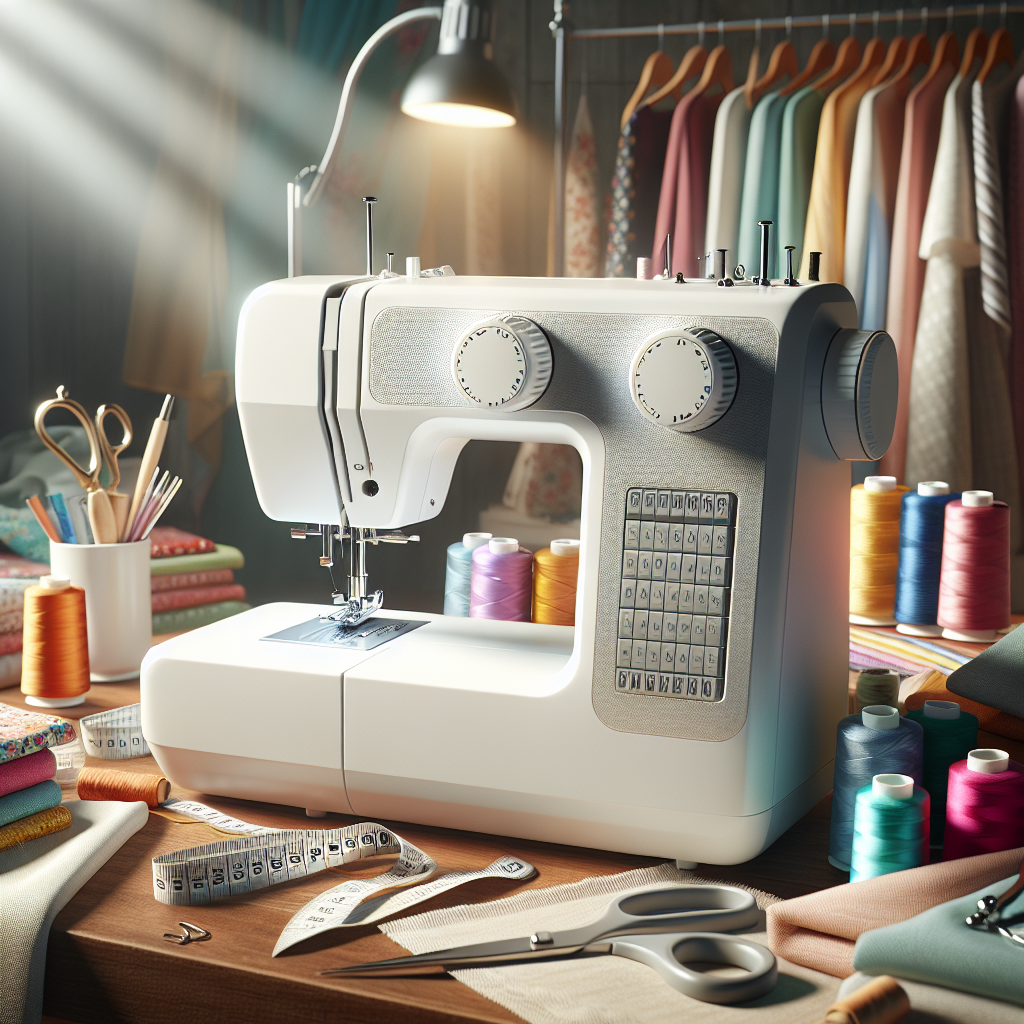
Regular maintenance is essential for keeping your sewing machine in optimal condition. Understanding how to clean and oil your sewing machine is crucial for preventing dust buildup and ensuring smooth operation. Here’s a step-by-step guide to help you through the process:
- Gather Your Supplies: You will need a soft brush, lint-free cloth, sewing machine oil, and a screwdriver to open the machine if necessary.
- Unplug the Machine: Safety first! Always unplug your sewing machine before starting any cleaning or maintenance to avoid accidental operation.
- Remove the Needle and Presser Foot: This allows you to access all areas of the machine more easily. Make sure to keep these parts in a safe place.
- Clean the Bobbin Area: Use the soft brush to remove any lint and debris from the bobbin case and surrounding areas. This is crucial as lint buildup can cause stitching problems.
- Wipe Down the Machine: Use a lint-free cloth to wipe down the exterior of the machine, removing any dust and grime.
- Oil the Machine: Refer to your machine’s manual for specific oiling points. Typically, you will add a drop of sewing machine oil to the designated areas, such as the moving parts of the machine. Be careful not to over-oil.
- Reassemble the Machine: Once everything is clean and oiled, reattach the presser foot and needle, and ensure that everything is in place.
By following this cleaning regimen regularly, you can extend the life of your sewing machine and maintain its performance. Remember that a well-maintained machine is key to achieving great sewing results!
Preventive Measures to Avoid Sewing Machine Issues
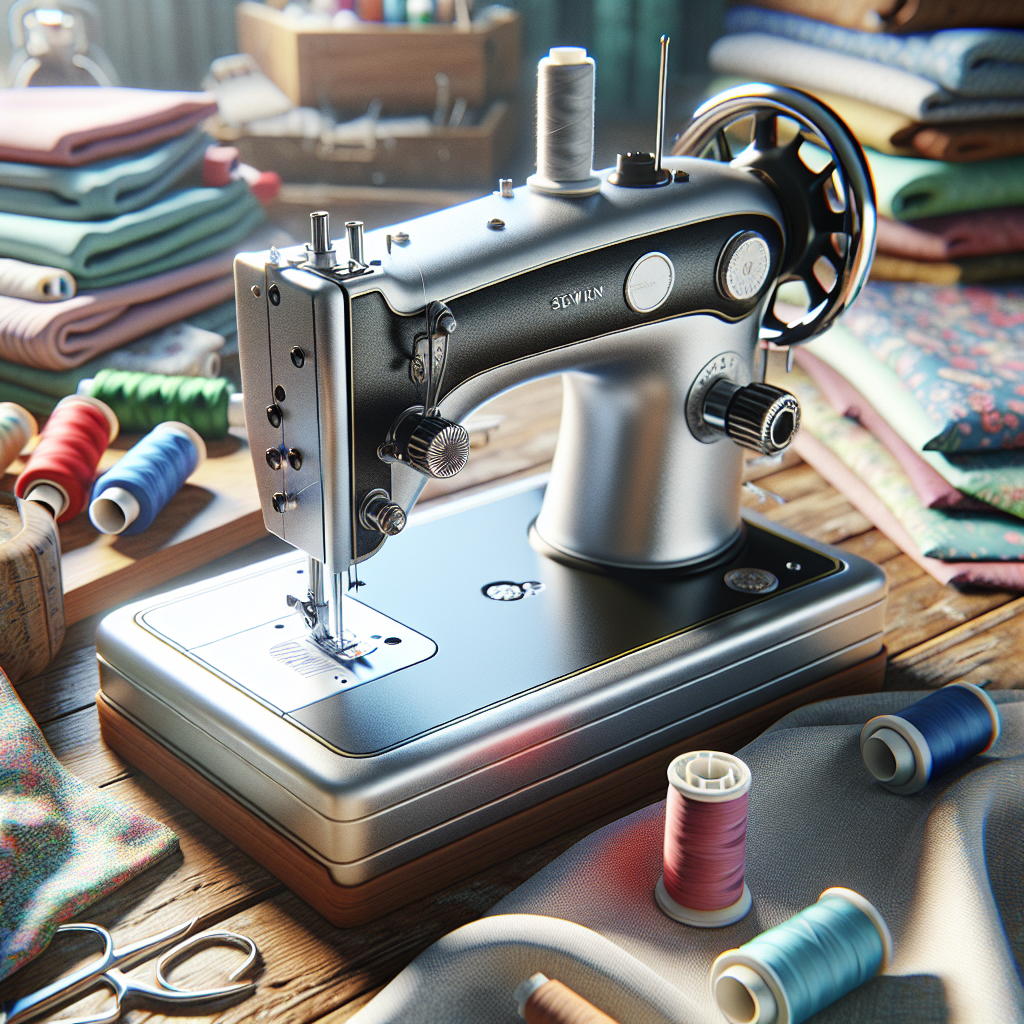
Taking proactive steps can significantly reduce the likelihood of encountering issues with your sewing machine. Implementing preventive measures to avoid sewing machine issues is essential for maintaining seamless sewing experiences. Here are some effective strategies:
- Regular Maintenance: Schedule routine inspections and cleanings. This includes oiling the machine, checking for lint buildup, and ensuring all parts are functioning correctly.
- Use Quality Materials: Always use high-quality threads and fabrics suitable for your machine. Low-quality materials can lead to tangles and breakage, causing unnecessary strain on your machine.
- Correct Needle Size: Ensure you are using the correct needle type and size for your fabric. Using the wrong needle can cause skipped stitches or fabric damage.
- Avoid Overloading: Be mindful of the thickness of the fabric you are sewing. Overloading the machine with too many layers can lead to jams and stress on the motor.
- Store Properly: When not in use, cover your sewing machine with a dust cover to protect it from dust and debris. Store it in a stable environment away from extreme temperatures and humidity.
- Read the Manual: Familiarize yourself with the user manual for your machine. Understanding its specific requirements and troubleshooting tips can help you avoid common issues.
Implementing these preventive measures can save you time and frustration while prolonging the life of your beloved sewing machine. Remember, a little care goes a long way in ensuring that your machine operates smoothly, allowing you to focus on your creative projects!
When to Seek Professional Sewing Machine Repair
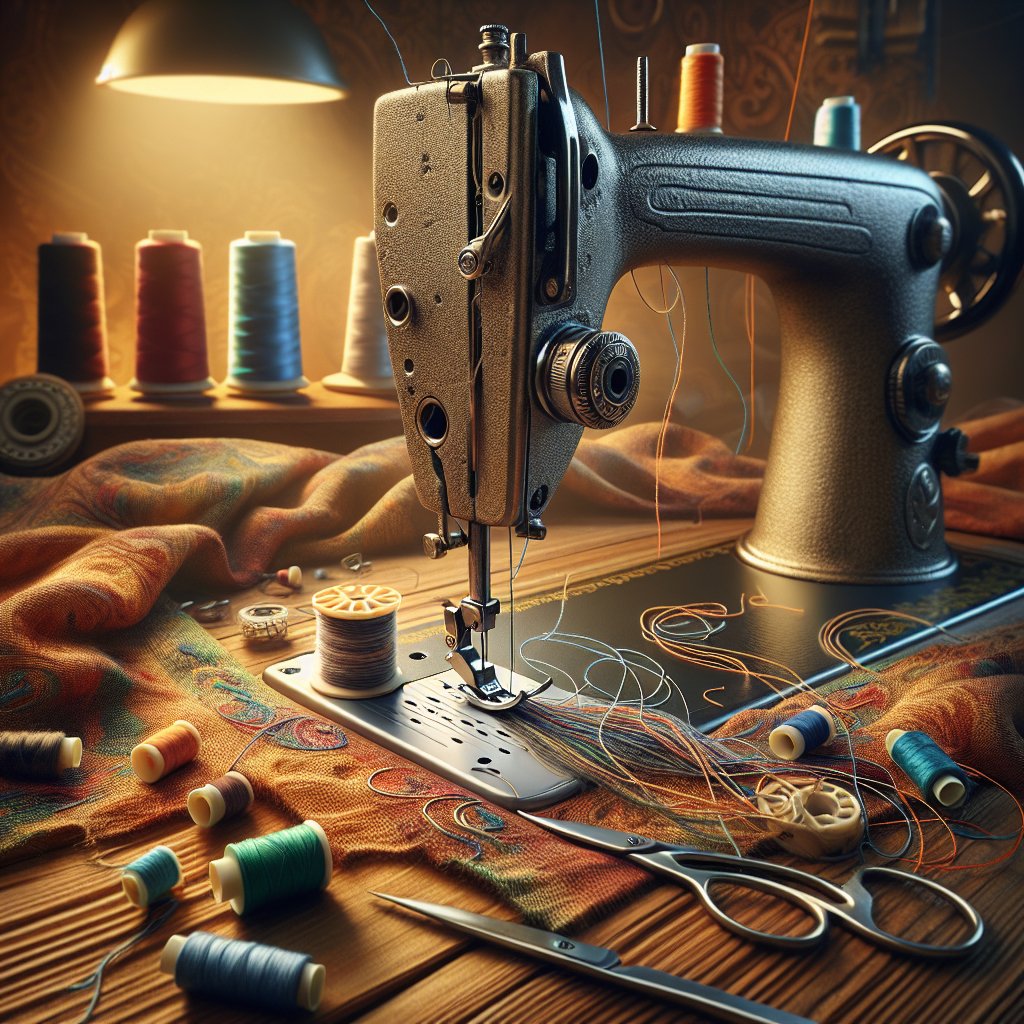
Even with the best preventive measures, there may come a time when you encounter persistent issues that you cannot resolve. Knowing when to seek professional sewing machine repair is crucial to avoiding further damage to your machine. Here are some indicators that it’s time to call in the experts:
- Unusual Noises: If your sewing machine starts producing strange sounds, such as grinding or clunking, it may indicate internal problems that require professional attention.
- Frequent Jamming: If your machine is experiencing frequent jams despite proper threading and fabric use, it might be time to consult a technician.
- Skipped Stitches: If you’ve adjusted your needle and thread but still experience skipped stitches, this may signal a deeper mechanical issue.
- Electrical Problems: Issues like flickering lights, a machine that won’t turn on, or erratic behavior may require professional electrical diagnostics.
- Old Age: If your sewing machine is significantly old and has not been serviced in years, a professional evaluation can help assess its condition and necessary repairs.
Don’t hesitate to reach out to a sewing machine technician when you notice these signs. A qualified professional can diagnose and fix issues more effectively, ensuring your machine operates at its best. Visit our website to learn more and get started today! Click here.
